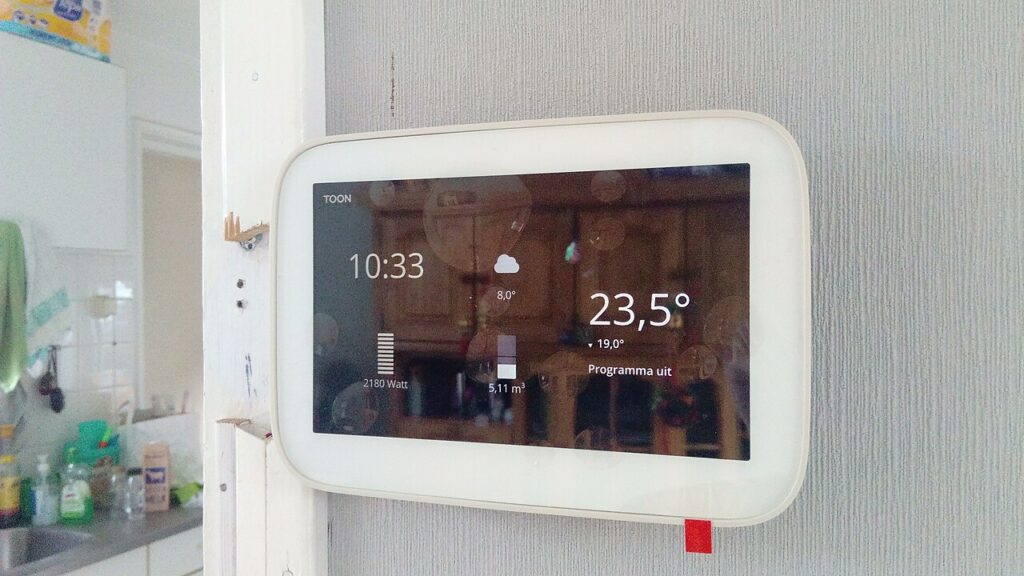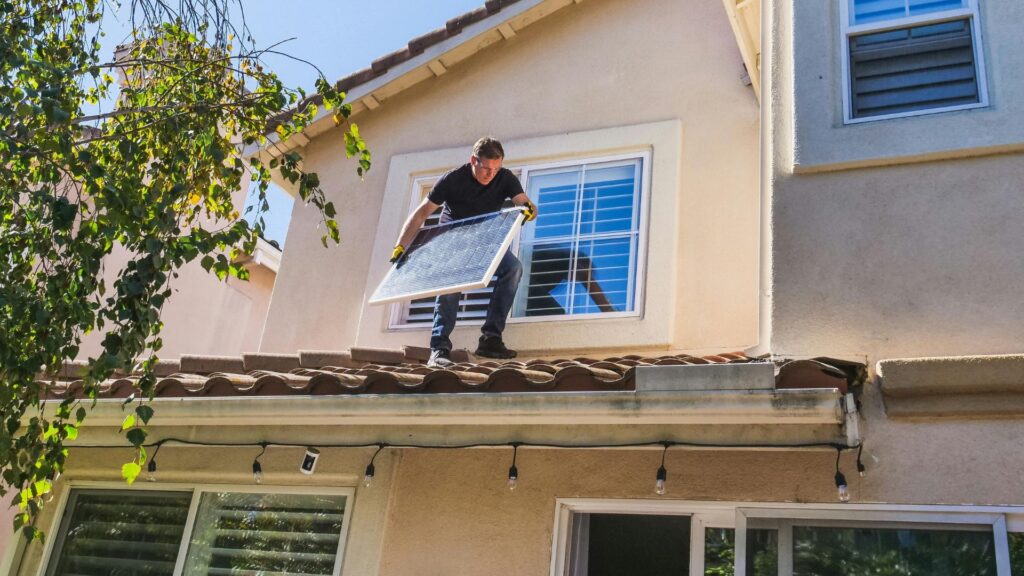As energy prices rise and smart home tech becomes more common, many homeowners are asking the same question: Is a smart thermostat really worth the cost? In 2025, the answer depends on your goals. Are you looking to save money? Improve comfort? Reduce your energy footprint?
Smart thermostats have come a long way in just a few years. They’re more intuitive, compatible with a wider range of HVAC systems, and loaded with features designed to help you take control of your home’s climate. But do they live up to the hype?
What Is a Smart Thermostat?
A smart thermostat is a Wi-Fi-connected device that lets you control your home’s heating and cooling from your phone, tablet, or voice assistant. Unlike older programmable thermostats, smart models can learn your habits, adjust to your schedule, and even use sensors to detect when you’re home or away.
Brands like Google Nest, ecobee, Honeywell, and Amazon Smart Thermostat are among the most popular in 2025. Most can be installed by homeowners in less than an hour, though more complex HVAC setups may need professional help.
Energy Savings: Real or Hype?
One of the biggest selling points of smart thermostats is energy savings. According to the U.S. Department of Energy, you can save up to 10% per year on heating and cooling by turning your thermostat back 7 to 10 degrees for eight hours a day. Smart thermostats make that easy to automate.
Many manufacturers claim savings of $100–$150 per year, depending on your climate, usage, and local energy costs. In 2025, with more homes going electric and energy prices fluctuating, these savings can add up quickly, especially if you’re heating or cooling a large space.
Control from Anywhere
A smart thermostat gives you full control over your home’s temperature, even when you’re not there. Heading home early? Adjust it from your phone. On vacation? Check to make sure the heat’s not running all day in an empty house.
Some models also use geofencing, when your phone gets close to home, the thermostat adjusts the temperature automatically. It’s one of the easiest ways to avoid wasting energy without giving it a second thought.
Integration with Smart Home Devices
By 2025, most households with smart thermostats also have other smart devices. Smart thermostats often integrate smoothly with Alexa, Google Assistant, Apple HomeKit, and other systems.
This allows for voice control, automation with other devices (like smart blinds or ceiling fans), and syncing with energy usage reports. If you’re already building a smart home, a smart thermostat fits right in and adds real value.
Comfort and Customization
Smart thermostats let you set detailed schedules and use room sensors to target specific areas. Some models even take humidity into account, adjusting how your system runs to keep things more comfortable with less effort.
If you’ve ever fought over the thermostat settings or dealt with hot and cold spots, these features can make your home feel better balanced.
Rebates and Incentives
In many areas, energy companies still offer rebates for installing energy-efficient devices like smart thermostats. These programs change yearly, but in 2025, many utility providers will cover part—or even all—of the cost of select models.
It’s worth checking before you buy. A $200 thermostat may only cost you $100 after rebates, bringing your payback period down to a year or less.
When It Might Not Be Worth It
If you rarely adjust your thermostat or already have a programmable one that you use effectively, a smart upgrade might not save you much. Likewise, if your HVAC system is older or incompatible with newer tech, the setup could get complicated.
Also, if you rent or don’t plan to stay in your home long-term, you may not get a full return on investment. Some renters prefer simpler, non-Wi-Fi options that still offer scheduling without internet setup or app control.
In 2025, a smart thermostat is a solid investment for most homeowners. It offers more control, better comfort, and clear energy savings, especially if you’re committed to using its features regularly.
It won’t magically cut your bills in half, but it can quietly improve your day-to-day comfort while keeping your utility costs in check. And as smart homes become the norm, this is one upgrade that won’t go out of style.



